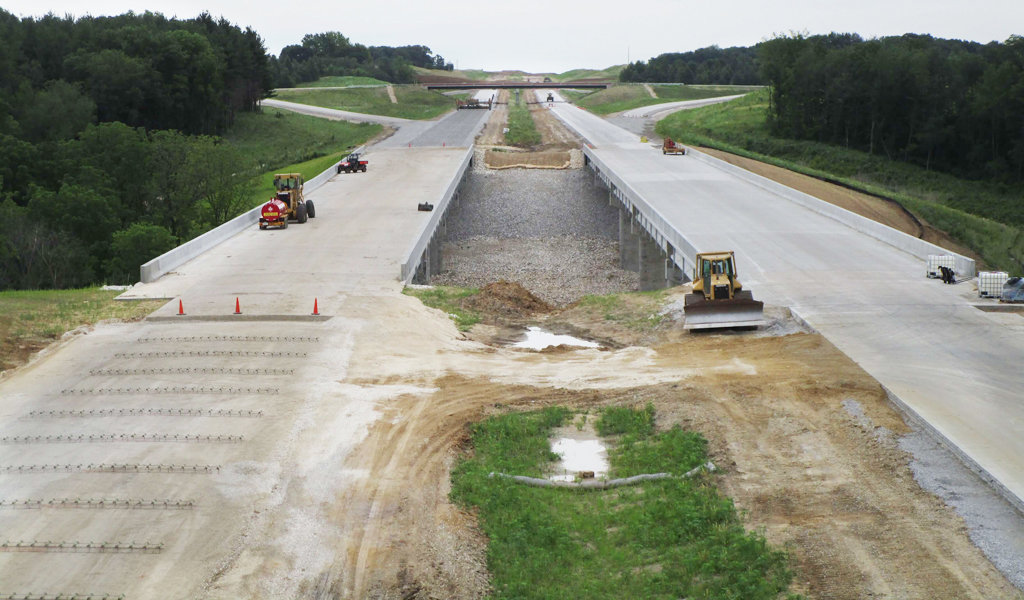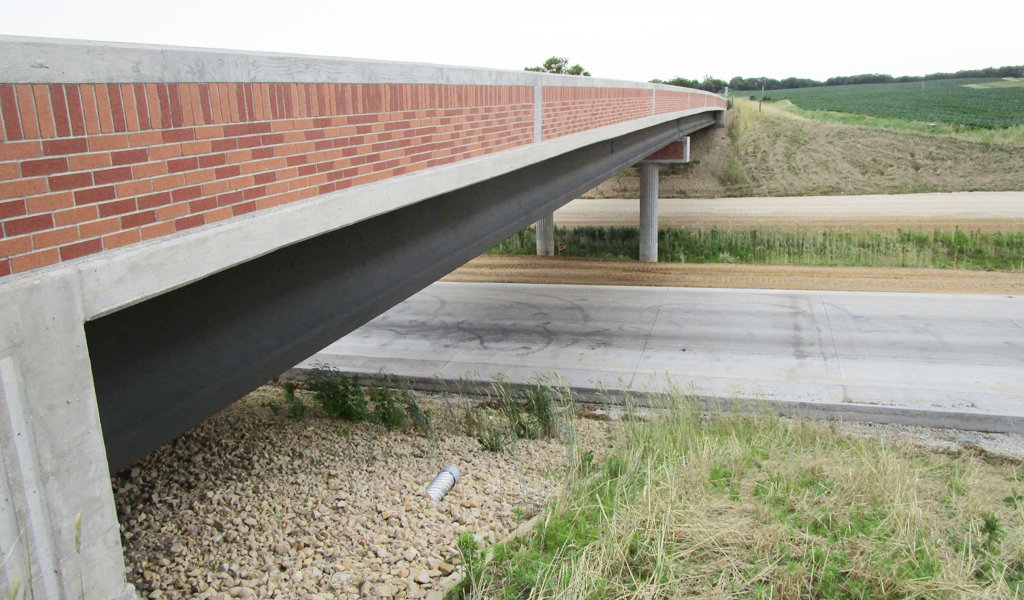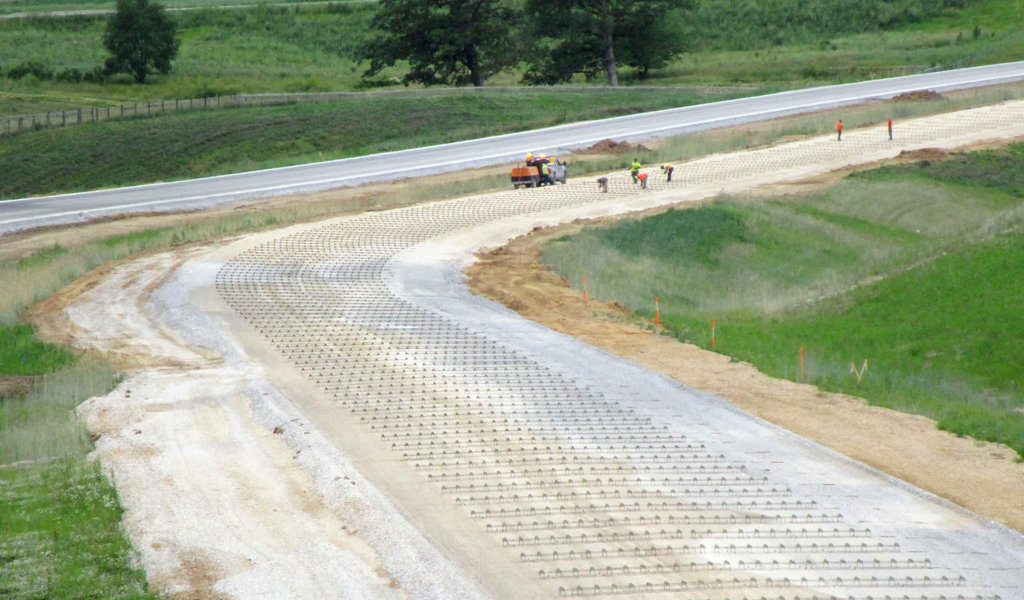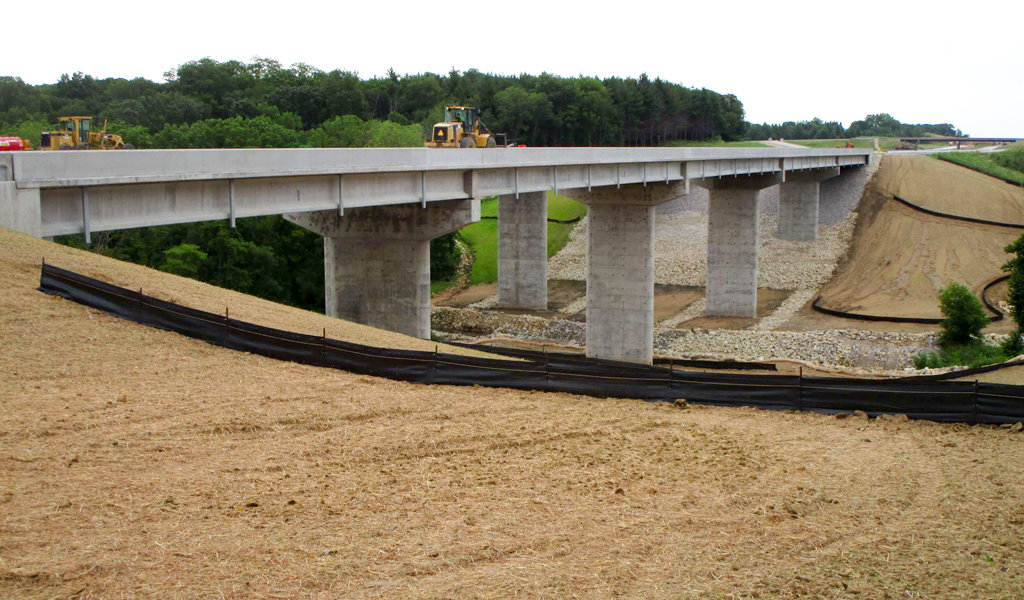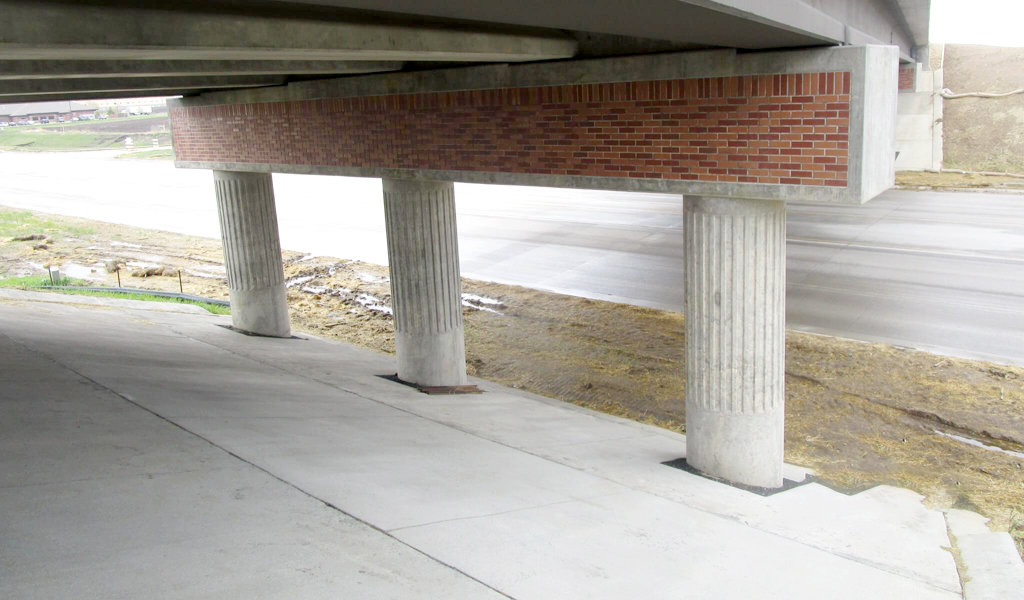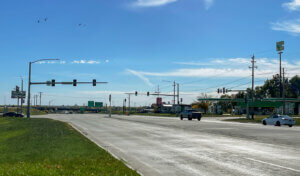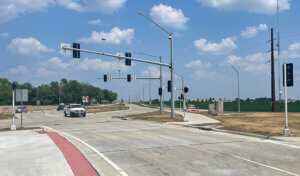
Decades-Long Plan to Widen Roadway & Build Bypass comes to Fruition
A planning study started in the 1980s by the Iowa Department of Transportation (DOT) gave priority status to the widening of U.S. Highway 30 across much of Iowa. The study included a four-lane, access-controlled bypass around the south side of Mt. Vernon and Lisbon in eastern Iowa. The project was intended to create a safe, free-flowing east-west route to improve transportation capacity and reduce crashes. At the same time, the bypass fit into the DOT’s plan of modernizing key corridors to support economic development through the more efficient movement of freight. However, due to a lack of funding, the project did not advance beyond a preliminary design phase.
Fast-forward to 2009 and the bypass-portion of the project was finally back to the forefront, with funding earmarked and construction set to begin in 2016. This new, four-lane access-controlled bypass design removed at-grade intersections and included diamond interchanges at the Iowa 1 and Adams Avenue intersections. Snyder & Associates was retained to perform the roadway engineering design for the bypass. The project has an estimated price tag of over $105 million.
Right-of-Way & Property-Owner Access Challenges Faced by Design Team
As part of the work carried out by the Snyder & Associates team, the new roadway alignment for the bypass was created while navigating complex private property obstacles, environmental concerns, and topography hurdles. The remainder of the technical design work also included roadway profiles with typical sections, stormwater drainage design, erosion control, and extensive staging plans. Additionally, input sessions were held with the public to receive feedback and address concerns about the project.
Many of the property owners affected by the bypass plan were concerned with how the project would impact their homes, farm operations, and overall land values. In total, the project impacted 357 acres in both Cedar and Linn Counties. Snyder & Associates listened to the concerns of the public and negotiated numerous settlements with the affected property owners to create the most equitable arrangement. Our in-house, right-of-way agents helped to streamline the property negotiation and acquisition process.
Another major concern of the residents in the area was the potential loss of direct access to the highway and the loss of frontage roads in the area. Working with the DOT and the property owners, our team created a design that provided full access for all parties. This included the creation of several new access roadways surrounding the bypass.
Environmental & Topography Concerns Addressed During Design Phase
Numerous environmental issues affected the project area. The Iowa Department of Natural Resources (DNR) had specific requirements for no ditch-work to be performed near a local plating business on the west side of the bypass. They feared that any ground disturbance could contaminate a local stream if a conduit was created through the erosion control process. The final roadway design was able to avoid this problem area to meet the DNR requirement.
The design for the near six-mile stretch of newly constructed highway also had to deal with rolling topography. This necessitated balancing earthwork to minimize the additional costs of borrowing or wasting excess cut. The aim was to have the project cut and fill be roughly equal. Because of the environmental limitations in the area around the plating business, an inordinate amount of fill was required to achieve the proper profile. The rolling topography aided in providing the necessary fill at that location without borrowing cut from elsewhere and building additional cost.
The topography also required the construction of 11 bridges and overpasses. Snyder & Associates subsidiary, Shuck-Britson, designed eight of these structures. A unique use of aesthetic detailing created a pleasing appearance on many of the overpass bridges. The close collaboration between our team members created an efficient dynamic that helped keep the project on track.
The unique services provided by Snyder & Associates were critical factors in the rapid pace of the project. The completed bypass should create better traffic mobility, not only for travelers but also for residents navigating the area every day.
